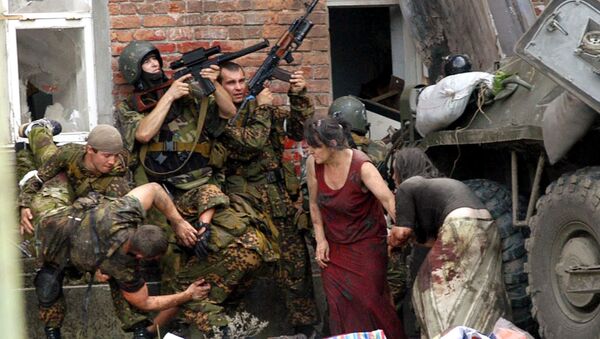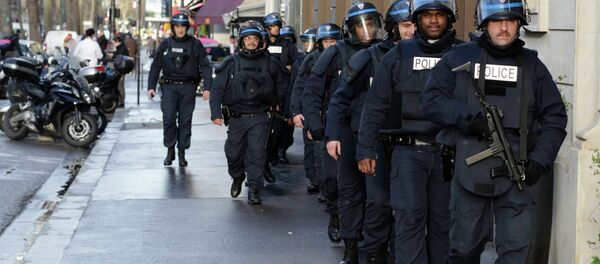№5 FBI HRT/SWAT. US
The counter-terrorism and hostage rescue unit of the US Federal Bureau of Investigation, the HRT, keeps a low profile and rarely features in the news.
Still, its members bear the brunt of the ongoing war on terror and serious crime in the US.
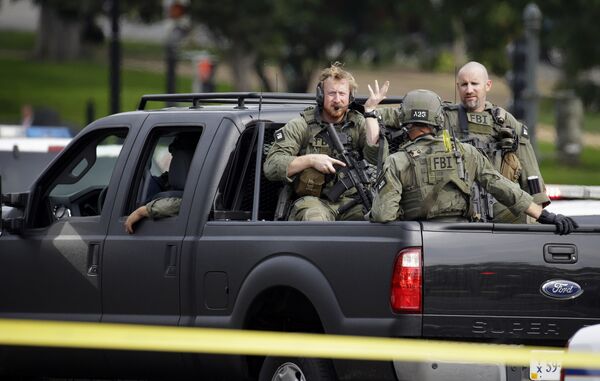
There is an HRT at each of the 56 FBI branches nationwide ensuring quick and timely response to emergencies.
Prospective HRT members are selected based upon their background and experience, as well as their demonstrated performance during the HRT selection course.
The rigorous two-week selection process includes long-distance runs, forced marches, obstacle courses, and other tests of physical and mental stamina.
Apart from traditional firearms, HRT units have combat helicopters and even gunboats.
The HRT has a specialized maritime team with additional maritime capabilities including subsurface diving, closed-circuit diving (scuba gear that does not emit bubbles), and combat swimming. The HRT also has vessels that are outfitted for maritime assaults.
The HRT is able to deploy within four hours to any location within the United States or its territories and operate in a variety of environments (chemical, extreme cold, night and low-light, or rural environments).
№4 BRI/RAID/GIGN. France
The French National Gendarmerie Intervention Group (GIGN) was formed in the wake of the 1974 terrorist attack on Israeli athletes during the Munich Olympics and the German security forces’ failure to properly handle the crisis.
Created initially as a relatively small SWAT unit specialized in sensitive hostage situations, it has since grown into a larger and more diversified force of nearly 400 members, with expanded responsibilities. GIGN shares jurisdiction of French territory with the National Police special-response units.
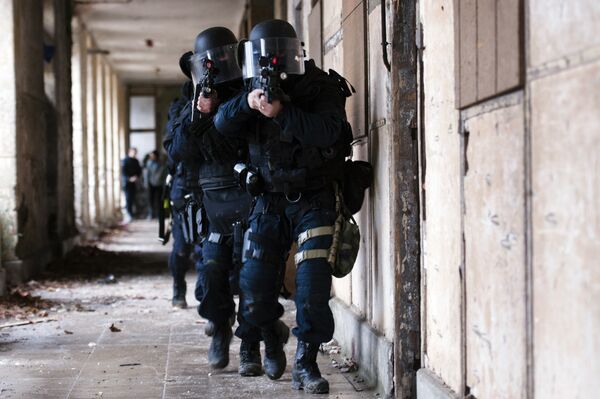
Since 1980 GIGN operatives have conducted a series of special operations, including the December 1994 operation to liberate 229 passengers and crew of an Air France jet hijacked by Algerian terrorists.
Since the November 2015 terrorist attacks in Paris, GIGN has teamed up with its colleagues from BRI and RAID, in a series of counterterrorism operations. They enjoy еру well-deserved respect both in France and in many other countries.
№3 BOPE. Brazil
BOPE is a special police unit of the Military Police of Rio de Janeiro State in Brazil with extensive experience in urban warfare and in cleansing the slum areas of drug peddlers and arms dealers.
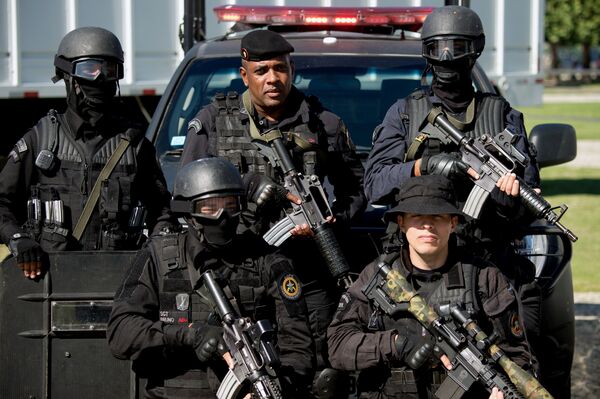
BOPE consists of five regiments of elite officers and specialists in organized crime. Facing intense conflicts with heavily armed drug dealers, BOPE also operates a fleet of armored vehicles, helicopters, wheel loaders to remove barricades and street blockades.
Since 2009, BOPE has been the only Special Ops unit to employ women, provided, of course, those female applicants have prior experience and pass the tough entry tests.
№2 GSG-9. Germany
The Border Protection Group 9 of the Federal Police, or GSG-9, is a counterterrorism, hostage rescue and special operations unit of the German federal police.
Stung by the mismanagement of the 1972 Olympic tragedy in Munich, the West German government created the GSG 9 to make sure that future such emergencies were handled adequately and professionally.
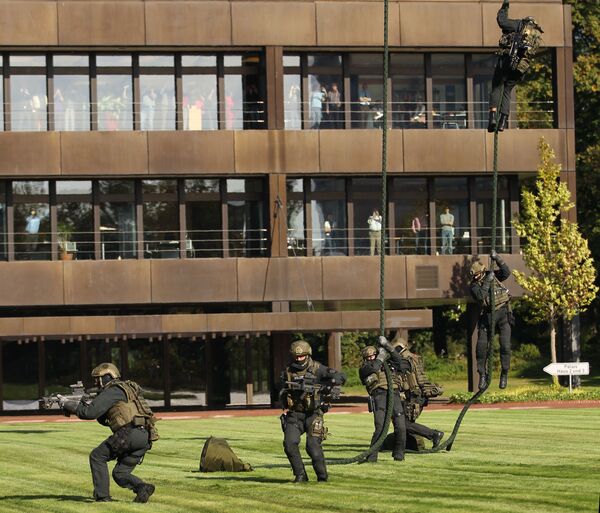
The GSG-9 unit was officially established on April 17, 1973 as a part of Germany's federal police agency.
In addition to its regular commando units, the SGS-9 also comprises a maritime unit – an analog to Russia’s combat swimmers — a team of top-notch paratroops and a special air wing capable of ferrying GSG-9 units to anywhere in the world in no time in a matter of hours.
The unit is also tasked with the protection of diplomatic missions and government delegations abroad.
№1 Alfa and Vympel. Russia
Alfa and Vympel are elite and dedicated counterterrorism task forces of the Russian Federal Security Service (FSB), whose primary task is to respond to violent acts public transportation and buildings.
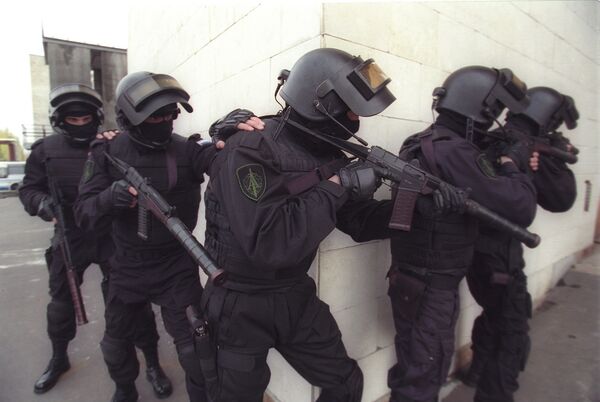
Suffice it to mention their October 2002 storming of the Dubrovka theater center in Moscow where a gang of Chechen terrorists was holding hundreds of people hostage.
European experts describe Alfa’s decision to enter the building rigged with explosives planted by terrorists who were prepared to die, as “mission impossible.”
Another “mission impossible” was their September 2004 operation to liberate more than 1,000 people held hostage for more than two days in a school gym in Beslan, North Ossetia, rigged with explosives by heavily armed Chechen separatists.
Never miss a story again — sign up to our Telegram channel and we'll keep you up to speed!

